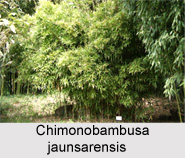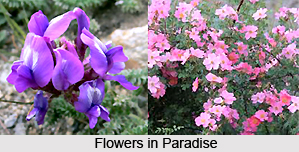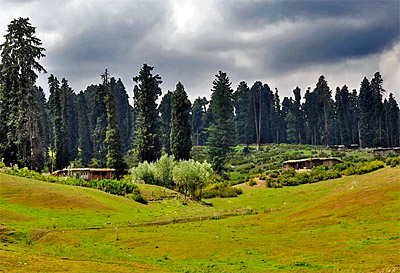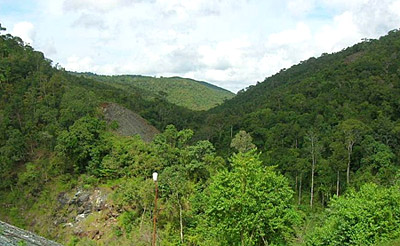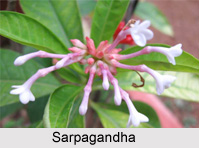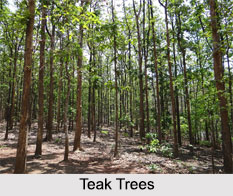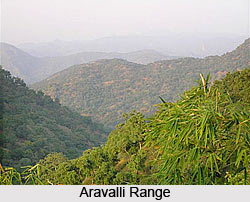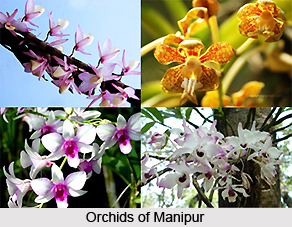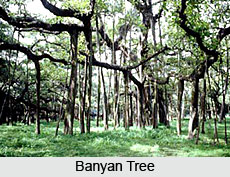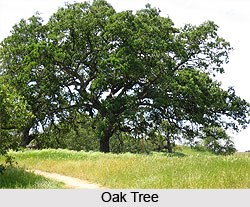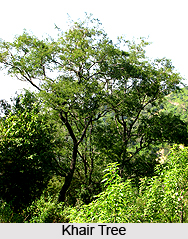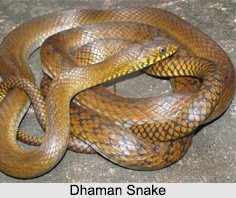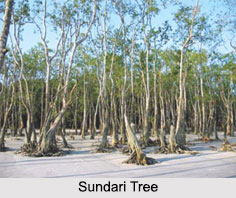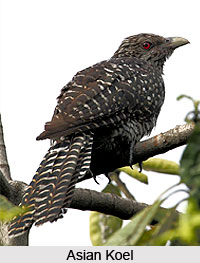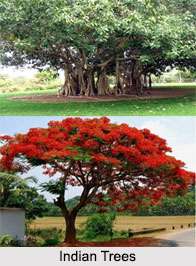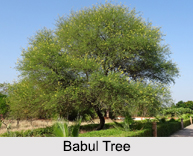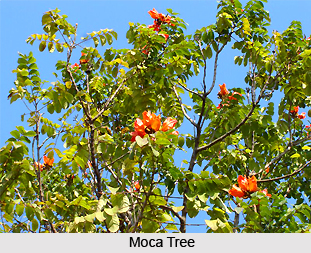 Moca is an Indian medicinal plant having the botanical name of Bombax ceiba L and the English names like Indian Bombax, Red Cotton Tree and Silkcotton Tree. The plant is called in several names in various native Indian languages. The Bengali names of the plant are Pagun, Roktosimul and Simul and the Gujarati names are Sawar or Shimalo. Other than Kaantisenbal, the plant is also called as Pagun, Rakatsenbal, Semal, Simal and Simul in Hindi. The Marathi speaking people know the plant in the names of Kantesavar, Saur, Sayar or Sayarsimalo and in Sanskrit it is known as Mocha or Salmali, besides Moca. The Tamil names of the plant are Ilavu, Illavam, Mullilavau or Pulai and it is called as Boorugachettu, Buraga, Burgha, and Salmali in Telugu.
Moca is an Indian medicinal plant having the botanical name of Bombax ceiba L and the English names like Indian Bombax, Red Cotton Tree and Silkcotton Tree. The plant is called in several names in various native Indian languages. The Bengali names of the plant are Pagun, Roktosimul and Simul and the Gujarati names are Sawar or Shimalo. Other than Kaantisenbal, the plant is also called as Pagun, Rakatsenbal, Semal, Simal and Simul in Hindi. The Marathi speaking people know the plant in the names of Kantesavar, Saur, Sayar or Sayarsimalo and in Sanskrit it is known as Mocha or Salmali, besides Moca. The Tamil names of the plant are Ilavu, Illavam, Mullilavau or Pulai and it is called as Boorugachettu, Buraga, Burgha, and Salmali in Telugu.
Moca is a deciduous tree having a straight, buttressed trunk. The height of the tree is up to 40 m and its girth is usually 6 m or more. The tree has horizontally spreading branches that remain more or less in whorls and the young stems of the tree are covered with stout, hard prickles. The colour of the bark is pale ash to silver-grey and it remain smooth in the early years, before becoming rough with irregular vertical cracks, at a later period. Moca`s leaves are large, spreading, glabrous and palmately compound, with 5-7 leaflets. The leaflets are lanceolate and 10-20 cms long, and they are arranged spirally on twigs.
Moca has numerous large flowers. The fleshy flowers have a colour of bright crimson, yellow or orange and they are clustered at the end of branches. The capsules of the plant are oblong-ovoid and woody. The numerous seeds of the plant are smooth, 6-9 mm long and the oily seeds have dense silk hairs. The plant usually flowers between the months of January and March and its fruits become mature from March to May. However, Moca remains leafless between December and June in central India. The plant is a native to India and is widely distributed throughout tropical and subtropical India. The Indian medicinal plant is very common in the dry as well as moist deciduous forests, often near rivers and forest edges or in disturbed forests, in peninsular India. The tree is a strong light-demander and fast-growing one and it grows best on deep sandy loams or other well-drained soils, particularly in valleys. The tree is quite common in regions receiving from 50 to 460 cm annual rainfall well-distributed throughout the year.
Moca has numerous medicinal properties and usages. The flowers of this Indian medicinal plant are astringent and cooling and a paste of the flowers, and the leaves, is applied externally to relieve swellings, boils and various skin troubles. The young fruits of Moca are reportedly used as an expectorant, stimulant and diuretic. They are also considered to be beneficial in the treatment of calculous affections, chronic inflammation and ulceration of the bladder and kidneys.
The Indian people use the seeds of Moca are used for treating gonorrhoea, chronic cystitis and catarrhal affections. The tribal inhabitants of Udaipur District in Rajasthan use a paste of the seeds as a local application for getting relief from smallpox and chickenpox. The plant`s stem bark is mucilaginous and its infusion is given as a demulcent, emetic and tonic. Apart from that, a mixture of the stem bark`s aqueous extract and yoghurt is also used to treat dysentery. It is used externally as a styptic, and also for fomenting wounds.
A paste made from the bark of Moca helps to cure skin eruptions. The tribal inhabitants of southern Bihar apply the paste to the forehead to relieve giddiness. A gum exuded from the bark of Moca is edible and considered to have astringent, tonic and demulcent properties. The gum is used as an aphrodisiac and also for treating diarrhoea, dysentery, menorrhagia, influenza, and haemoptysis in cases of pulmonary tuberculosis. The Kondhs in southwestern Orissa take a mixture of the gum and dried mango seeds and honey internally to relieve painful menstruation. People in the southern West Bengal take a paste prepared from the root, and the sap from the stem of the plane, internally to treat leucorrhoea.
The young taproot of Moca is reported to have astringent, stimulant, tonic, aphrodisiac, emetic and demulcent properties and it is used to treat dysentery, as well. The dwellers of Gandhamardan Hills of Orissa ground the roots of the young plant with those of Pueraria tuberosa (Fabaceae-Papilionoideae) and Asparagus racemosus (Asparagaceae) and give with cow`s milk as a remedy for spermatorrhoea. Apart from that, the silky hairs surrounding the seeds of the Indian medicinal plant are known as kapok and are considered an important commercial product used for filling mattresses and (waterproof) life-jackets. They are used as an insulating material, as well. The tender young leaves, young roots, flower buds and fleshy calyces of Moca are edible and are sometimes used as a vegetable in India.
